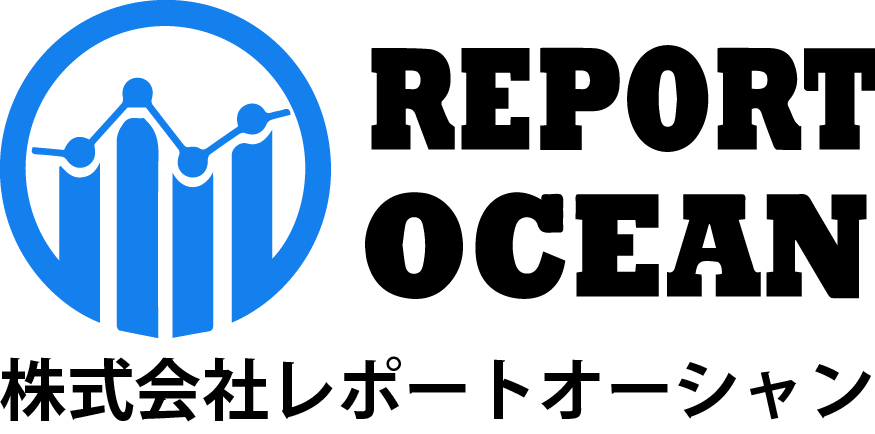日本スポーツツーリズム市場規模、シェア、競争環境、トレンド分析レポート:供給者別(直接供給者、間接供給者)、年齢別(15~25歳、26~35歳、36~45歳、46~55歳、55歳以上)、スポーツタイプ別(フットボール/サッカー、クリケット、モータースポーツ、バスケットボール、その他)、スポーツツーリズムタイプ別(スポーツイベントツーリズム、 ノスタルジアスポーツツーリズム、アクティブスポーツツーリズム、パッシブ・スポーツツーリズム)、予約チャネル別(電話予約、オンライン予約、対面予約)、観光客タイプ別(国内、国際)、旅行タイプ別(個人旅行者、ツアーグループ、パッケージ旅行者):2024年から2032年までの機会分析および業界予測
レポートID : ROJP1224368 |
最終更新 : 2024年12月 |
フォーマット : ![]() :
: ![]() :
: ![]()
Table of Content
1. Executive Summary
1.1. Japan Tourism Market Outlook
1.1.1. Who Is Travelling?
1.1.2. Travel Gross Bookings
1.1.3. Travel Gross Revenue
1.1.4. How Much Do They Spend?
1.2. Japan Tourism Evolution Analysis
1.3. FMI Analysis and Recommendations
2. Growth Parameters in Japan Tourism
2.1. Focusing on Tourism as a Development Strategy
2.2. Online Booking with Attractive Offers to Boost the Market Growth
2.3. Outbound Travel Agencies Are Offering Unique Tour Packages to Attract More Customers
2.4. Government Initiatives to Promote Tourism Industry
3. Direct Suppliers in Japan Tourism
3.1. Total Supplier Market, Share by Segment (%), 2023
3.1.1. Airlines
3.1.2. Hotel Companies
3.1.3. Car Rental
3.1.4. Train
3.1.5. Tour Operators
3.1.6. Government Bodies
4. Indirect Suppliers in Japan Tourism
4.1.1. OTA (Online Travel Agency)
4.1.2. Traditional Travel Agencies
4.1.3. TMC's (Travel Management Companies)
5. Japan Tourism Number of Bookings, 2023
5.1 By Supplier
5.1.1.Direct Suppliers
5.1.1.1 Airlines
5.1.1.2 Hotel Companies
5.1.1.3 Car Rental
5.1.1.4 Train
5.1.1.5 Tour Operators
5.1.1.6 Government Bodies
5.1.2 Indirect Suppliers
5.1.2.1 OTA (Online Travel Agency)
5.1.2.2.Traditional Travel Agencies
5.1.2.3 TMCs (Travel Management Companies)
5.1.2.4 Corporate Buyers
5.1.2.5 Aggregators
5.2. By Age Group
5.2.1. 15-25 Years
5.2.2. 26-35 Years
5.2.3. 36-45 Years
5.2.4. 46-55 Years
5.1.5. 66-75 Years
5.3. By Sports Type
5.3.1. Football/Soccer
5.3.2. Cricket
5.3.3. Motorsports
5.3.4. Basketball
5.3.4.Others
5.4. By Sports Tourism Type
5.4.1. Sports Event Tourism
5.4.2. Nostalgia Sports Tourism
5.4.3. Active Sports Tourism
5.4.4. Passive Sports Tourism
5.5. By Booking Channel
5.5.1. Phone Booking
5.5.2. Online Booking
5.5.3. In-Person Booking
5.6. By Tourist Type
5.6.1. Domestic
5.6.2. International
5.7. By Tour Type
5.7.1. Independent Traveller
5.7.2. Tour Group
5.7.3. Package Traveller
6. Japan Tourism Gross Revenue
6.1. Japan Tourism Gross Revenue (USD Million) and Forecast (2023 to 2032)
6.2. Number of Bookings (Million) and Forecast (2023 to 2032)
6.3. Total Spending Y-o-Y Growth Projections (2023 to 2032)
6.4. Number of Tourists Y-o-Y Growth Projections
7. Challenges & Looking Forward
7.1. Success Stories: Case Studies
7.2. FMI Recommendations
8. Market Stakeholders Landscape – Key Direct Suppliers
8.1. Japan Sports & Tourism Premier
8.1.1. Top Players
8.1.2. Market Concentration
8.1.3. Market Share
8.2. Samurai Sports
8.2.1. Top Players
8.2.2. Market Concentration
8.2.3. Market Share
8.3. Japan Tourism Agency
8.3.1. Top Players
8.3.2. Market Concentration
8.3.3. Market Share
8.4. KNT SPORT
8.4.1. Top Players
8.4.2. Market Concentration
8.4.3. Market Share
8.5. Japan Travel
8.5.1. Top Players
8.5.2. Market Concentration
8.5.3. Market Share
8.6. Japan Sports Journey
8.6.1. Top Players
8.6.2. Market Concentration
8.6.3. Market Share
8.7. Others
8.7.1. Top Players
8.7.2. Market Concentration
8.7.3. Market Share
9. Social Media Sentimental Analysis
9.1. Travel Influencers: A new Phenomenon in the world of Tourism
9.2. Social Media Platforms Preferred
9.3. Trending #Hashtags
9.4. Social Media Platform Mentions (% of Total Mentions)
9.5. Trending Subject Titles
10. Assumptions and Acronyms Used
11. Research Methodology
無料サンプルを入手する ![]()
この無料サンプルには、トレンド分析から推定・予測まで、さまざまなデータが含まれています。
最新レポート
お問い合わせ
-
- JAPAN : 03-6899-2648
-
- EMAIL : [email protected]







